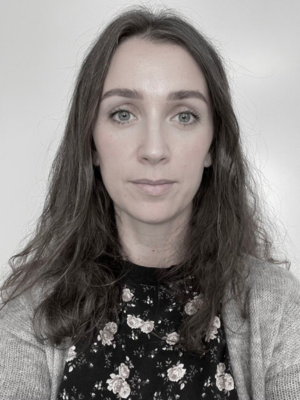National clinical study
ctDNA Analysis of Rectal Cancer Treated in the Watchful Waiting Setting
Watchful waiting (WW) is a relatively new approach in the treatment of rectal cancer. The basic idea is that patients with complete clinical response after chemoradiotherapy can be offered follow-up only without operation. The benefit is self-evident, as the patients have the possibility to be spared mutilating surgery with a permanent stoma when the tumor is located in the lower part of the rectum.
ClinicalTrials.gov: NCT02438839
The project received funding in 2021
Principal Investigator (PI)

PhD student

Collaborators
Sygehus Lillebælt, Vejle Hospital
Aalborg University Hospital
Copenhagen University Hospital (Rigshospitalet)
Patient enrollment
105
Cancer
Rectal cancer
Type
Prospective observational
Platform
ddPCR
Abstract
Watchful waiting is a new concept in the treatment of rectal cancer implying observation after chemoradiation without surgery. Patients in clinical complete remission after chemoradiation are offered observation instead for operation. Our previous studies indicated that more than half of this patient group could be spared mutilating surgery with low toxicity and high quality of life. The present study is a national multicenter trial, which enrolled 105 patients.
The primary endpoint is the fraction of patients with locoregional tumor control two years after end of treatment. Secondary endpoints are rate distant metastases, toxicity, quality of life, and overall survival. The rate of local recurrence is expected to be around 25%, but according to our previous results almost all recurring patients can be offered curatively intended surgery. At present, the major issue is selection of patients for surgery or observation after chemoradiation.
The present study aims to investigate if ctDNA can be used as an objective tool for this purpose. A further perspective is the possible relationship between ctDNA status and distant metastases as investigated by serial measurement. Blood samples have been collected before chemoradiation, at the end of treatment and at every follow-up visit allowing for serial analysis of ctDNA. All samples are at hand at the participating departments.
ADDRESS FOR THE SECRETARIAT
Science Center Skejby, MOMA
Brendstrupgårdsvej 21, build. A
8200 Aarhus N
CONTACT
ctDNA@clin.au.dk
+45 78 45 53 39

